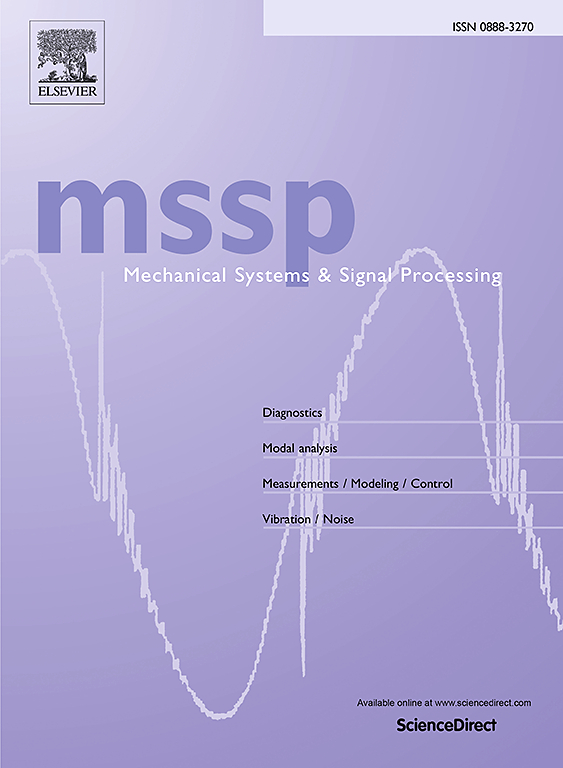基于冲击位置的跨声速颤振非定常气动辨识
IF 8.9
1区 工程技术
Q1 ENGINEERING, MECHANICAL
引用次数: 0
摘要
跨音速冲击自助餐的特点是冲击波和空气动力学的自激和大振幅振荡,导致操纵质量下降,甚至造成飞行事故。因此,对由冲击冲击引起的非定常气动载荷进行高效准确的预测,是航空工程领域一项紧迫而富有挑战性的工作。利用稀疏识别技术,提出了一种非定常气动建模框架,用于预测翼型的冲击抖振载荷。首先,动力学分析表明,振荡升力系数受激波运动的强烈支配。在稀疏回归框架下,结合激波的动力学特征,从时间序列样本中导出代数方程,参数化描述激波的动力学行为。通过对不同频率的相干结构的具体分析,可以实现光抖和深抖现象的建模。在不同马赫数和迎角条件下,可以有效地预测升力系数的时间响应,相对误差小于4%。该方法在可测量的冲击波动力学和难以量化的升力之间建立了物理信息函数映射,为预测气动力提供了潜在的解决方案。本文章由计算机程序翻译,如有差异,请以英文原文为准。
Unsteady aerodynamics identification of transonic buffet by incorporating shock position
Transonic shock buffet is characterized by self-excited and large-amplitude oscillations of shock wave and the aerodynamics, resulting in reducing the handling quality and even causing flight accidents. Efficient and accurate prediction of the unsteady aerodynamic loads caused by the shock buffet, thereby, is an urgent and challenging work in the aeronautical engineering. With the sparse identification technique, an unsteady aerodynamic modeling framework is proposed to predict the shock buffeting loads over an airfoil. First of all, dynamic analysis reveals that the oscillating lift coefficient is strongly dominated by shock wave motion. With the sparse regression framework, an algebraic equation is, then, derived from the time series samples to parametrically describe the dynamic behavior of the shock buffet by incorporating the dynamical features of shock wave. By specific analysis of coherent structures with different frequencies, modeling can be achieved in both light and deep buffeting phenomena. The temporal response of the lift coefficient can be effectively predicted at varying Mach numbers and angles of attack with a relative error of less than 4%. This approach establishes a physics-informed function mapping between measurable shock wave dynamics and challenging-to-quantify lift forces, offering a potential solution for predicting aerodynamic force.
求助全文
通过发布文献求助,成功后即可免费获取论文全文。
去求助
来源期刊

Mechanical Systems and Signal Processing
工程技术-工程:机械
CiteScore
14.80
自引率
13.10%
发文量
1183
审稿时长
5.4 months
期刊介绍:
Journal Name: Mechanical Systems and Signal Processing (MSSP)
Interdisciplinary Focus:
Mechanical, Aerospace, and Civil Engineering
Purpose:Reporting scientific advancements of the highest quality
Arising from new techniques in sensing, instrumentation, signal processing, modelling, and control of dynamic systems
 求助内容:
求助内容: 应助结果提醒方式:
应助结果提醒方式:


